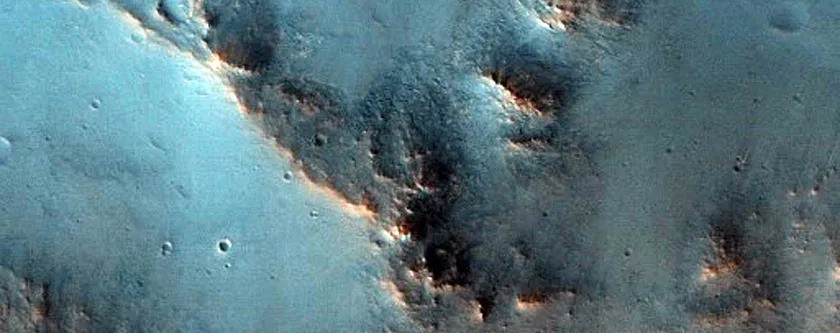Representatives of China confirmed their plans to begin the implementation of the Tianwen-3 mission before 2030. It is supposed to fly to Mars and take soil samples from it. Possible landing areas were also named.

Tianwen-3 Mission
China is approaching the launch in 2030 of its Tianwen-3 Mars sample return mission and has narrowed down potential landing areas. Work on the spacecraft is progressing “relatively smoothly” and will be launched around 2030, Sun Zezhou, senior engineer at the Chinese Academy of Space Technology (CAST), said in an interview with China Central Television (CCTV) on March 6. Sun was the main developer of the Tianwen-1 orbiter and the Zhurong rover.
This brief and vague information comes at a time when NASA is reassessing its mission to return samples from Mars (MSR). It has problems with financing and execution schedule. The final spending bill for fiscal year 2024 does not yet contain the final amount that will be spent on this project.
The Chinese concept of returning samples from Mars, Tianwen-3, uses a simpler approach than NASA’s, but still remains very complex. Two launches of the Long March 5 superheavy rocket will put the lander and upper stage into orbit, as well as the orbital module and the return module. Atmospheric entry, descent and landing will be based on the technologies used during the landing of the Tianwen-1 rover.
Features of the Chinese mission to Mars
On the surface, the lander will use a robotic arm to collect surface samples and a drill to collect material from up to two meters below the surface. To collect more diverse samples, a six-legged tracked robot or a helicopter similar to Ingenuity can participate in the mission, which will provide more samples to collect. As a result, they should get about 500 g of Martian rocks.
Sun outlined the main challenges of the mission: obtaining rock samples, taking off from the surface of Mars, then meeting and docking in orbit and transferring samples to the module returning to Earth. This requires a high degree of autonomy in terms of system design.
Sun was speaking on the sidelines of the annual parliamentary session in Beijing. His comments give a limited insight into the progress of the mission. Earlier, Chinese officials announced a launch date of 2028, and samples should be returned in 2031. The 2030 statement indicates that the mission will not be in time for this deadline. This means that there will be 26 months left until the next such opportunity.
Tianwen-3 landing site
A recent scientific article in the journal JGR Planets describes in more detail the three pre-selected landing sites for Tianwen-3. These are Amazonis Planitia, Utopia Planitia — the area within which the Zhurong rover landed — and Chryse Planitia. The article evaluates Martian atmospheric vortices, or movements of air, dust or water in a circle. It is recommended to avoid regions where they occur frequently, for the safety of landing and launching the module. The area of Chryse Planitia is recognized as the optimal place for landing.
Chryse Planitia was an alternative landing site for the Zhurong rover. The circular plain is located at the eastern end of a huge outflow channel system known as Valles Marineris. It contains potential evidence of the existence of running water on Mars in the past, and is therefore of astrobiological interest. The Viking-1 lander also landed here once.
A successful mission would be a great engineering achievement and would bring profound scientific results. The samples can provide unique information about the geological processes and history of the planet, and will also contribute to the development of comparative planetology.
According to spacenews.com
Follow us on Twitter to get the most interesting space news in time
https://twitter.comne/ust_magazine


